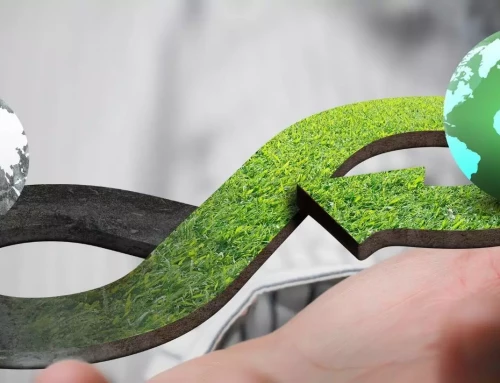Here is the most important question to ask if you are looking for sustainable alternatives to single-use plastic products
In May 2019, more than 180 countries agreed to reduce the amount of plastic waste that reaches landfill and ocean. Unlike the durable plastic products made for medium to long shelf life, the socio-economic factors of recycling disposable products are often not justified. About 50% of the plastic products produced are for disposables (also known as single use plastic products) and a significant portion of them finally reach landfill or ocean. The banning of single use plastic products poses a direct threat to the existence of producers of these products. It also presents a significant challenge for companies using these products to conduct their business. As a result, companies are under pressure to find suitable replacements to single use plastic products on a war footing.
In every engagement with our customers, the very first question we try to find answer is ‘Do the current disposable products really need to be single use products, or can they be reusable and recyclable?’
Companies approach us to help them find sustainable alternatives to single use plastic products. We encourage customers to find ways to make the products reusable and recyclable with or without minimal changes to their current business model. The social, ecological and economic benefits of reusable and recyclable products outweigh the benefits of single use products with or without plastic in most scenarios.
Here are a few top reasons –
- The carbon footprint of reusable and recyclable products is lower than the ones that are made for single use. This has a direct impact on climate change, which is the biggest challenge we face today.
- The cost of the reusable and recyclable products over the lifecycle of their use is much lower than that of single use products. For mainstream and wide-spread adoption, costs play a key role.
- Many biodegradable plastics are made from fossil resources. Making disposable products from fossil resources developed over many thousands of years results in faster depletion of these resources.
- Many disposable alternatives to single use plastic products tend to create deeper problems than plastics do. Some examples:
- Wooden disposable products are usually coated with toxic chemicals. Also, wood with carbon locked over many years should ideally be used for products with long shelf life.
- Paper products are coated with wax or plastic. This makes them unsafe for food contact use and their end of life is no better than plastics.
- Reusable products create economic value at different stages of recycling process with least burden on the environment. This is especially true in emerging economies such as India.
- Most disposable alternatives have limitations such as shelf life, durability, moisture resistance, scalability, etc. They do not meet modern day needs in several scenarios.
Many countries are introducing policies to support reusable and recyclable products over disposable and single use products after experiencing the challenges of handling a wide range of alternative disposable products. Unlike plastics, countries are finding it complicated and more difficult to segregate, sort and handle different types of disposable products that undergo biodegradation under different conditions.
It is important to find the right partners to support reuse and recycle process. It is equally important to find safe and efficient means to reuse and recycle the products without creating burden on the environment. There are few emerging new-age companies to solve these issues by taking end to end accountability, and this trend is expected to evolve and grow in the years to come.






